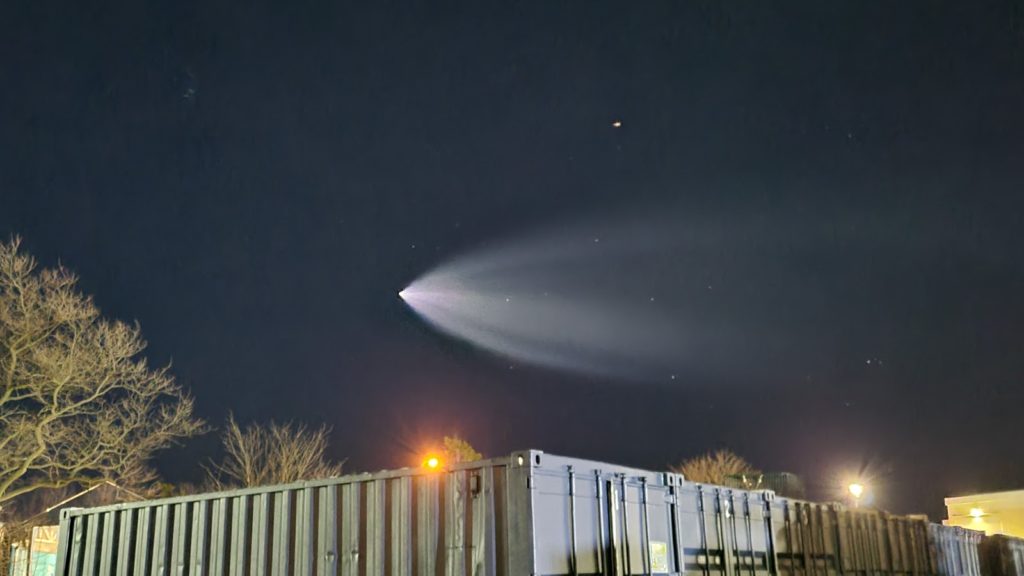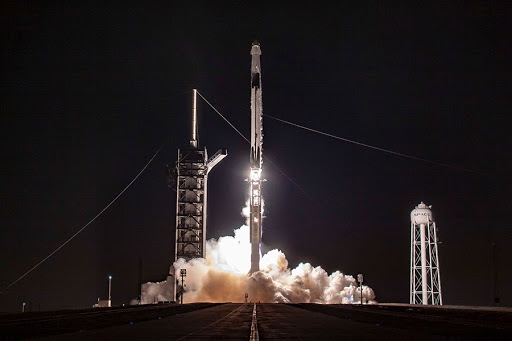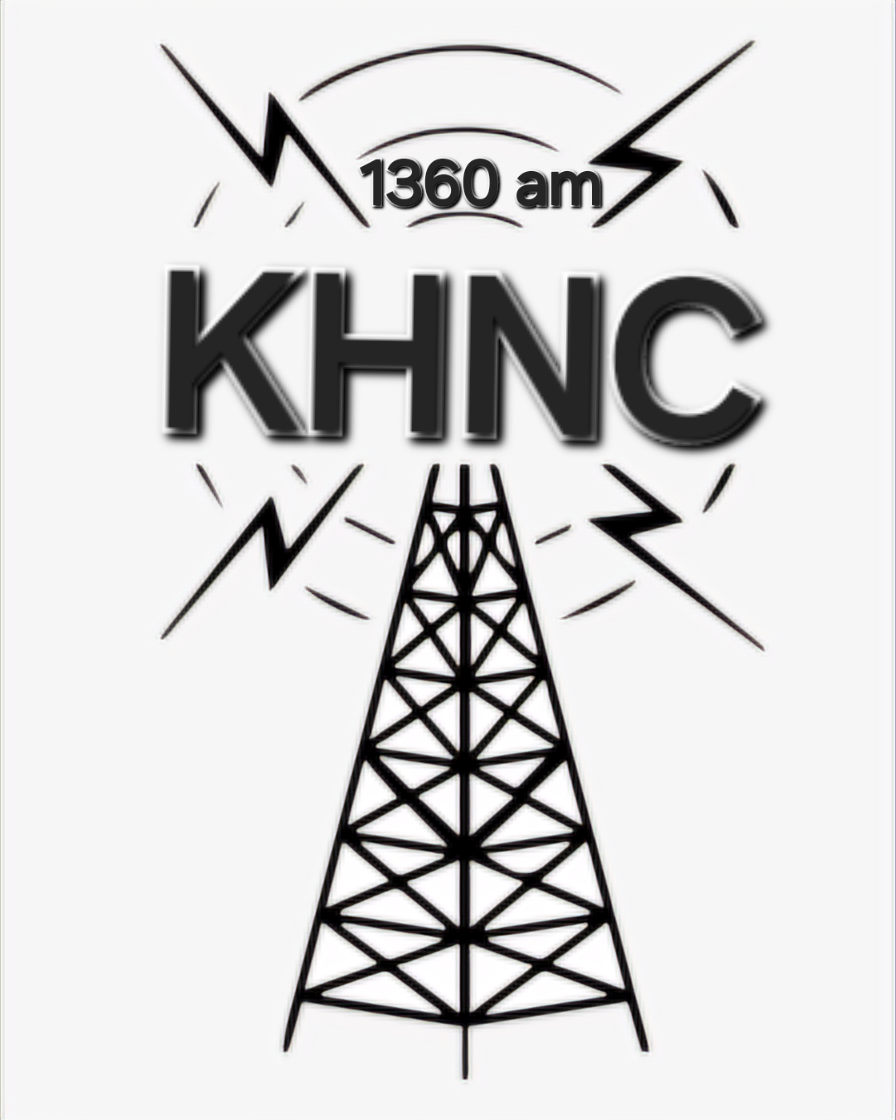
If you live on the east coast and saw a strange light in the sky around 6 AM on March 14, 2021 you witnessed the launch of the new SpaceX satellites. The satellites launched in Florida and gave quite a show, and in some cases a scare, in many states. What were they launching and why?
SpaceX Launch
At 6:01 a.m. Sunday morning, a rocket lifted off from NASA’s Kennedy Space Center in Florida. People all along the East Coast, from Florida up to Maine, saw the rocket streak across the sky. The veteran rocket is the first in SpaceX’s fleet to launch and land a record nine times. The two-stage launcher blasted off from Pad 39A. Weather forecasters at the 45th Weather Squadron predicted ideal conditions for launch. There wasn’t a cloud in the sky, as the rocket climbed to orbit. The predawn sky made some crazy effects in the atmosphere during this launch. The sun illuminated the rocket’s plume creating a dazzling spectacle in the sky many mistook for a comet or UFO. This type of phenomenon only occurs at dawn and dusk. This particular dawn SpaceX was launching 60 Starlink satellites into orbit, helping SpaceX inch ever-closer to filling its initial constellation of 1,440 satellites. The satellites were carried by SpaceX’s Falcon 9 rocket. What type of Rocket is the Falcon9?
SpaceX Falcon 9 Rocket
According to the SpaceX website the Falcon 9 is a reusable, two-stage rocket designed and manufactured by SpaceX for the reliable and safe transport of people and payloads into Earth orbit and beyond. Falcon 9 is the world’s first orbital class reusable rocket. Reusability allows SpaceX to refly the most expensive parts of the rocket, which in turn drives down the cost of space access. SpaceX regularly uses the Falcon 9 to bring its Dragon spacecraft to the International Space Station. Falcon 9’s first stage incorporates nine Merlin engines and aluminum-lithium alloy tanks containing liquid oxygen and rocket-grade kerosene.

The nine Merlin engines on the first stage are gradually throttled near the end of first-stage flight to limit launch vehicle acceleration as the rocket’s mass decreases with the burning of fuel. These engines are also used to reorient the first stage prior to reentry and to decelerate the vehicle for landing. The second stage, powered by a single Merlin Vacuum Engine, delivers Falcon 9’s payload to the desired orbit. The second stage engine ignites a few seconds after stage separation, and can be restarted multiple times to place multiple payloads into different orbits. SpaceX has two types of payloads, the Fairing carries satellites and the Dragon carries people and cargo. SpaceX also has a spacecraft that carries people called the Crew Dragon.
The first successful launch of the Dragon occurred in October of 2012 for cargo and in the summer of 2020, SpaceX sent two NASA astronauts to the International Space Station with the Crew Dragon spacecraft. This made SpaceX the first private spaceflight company to send a crewed spacecraft to space. Doug Hurley and Bob Behnken left Earth for the space station on May 30, 2020 and returned home on Aug. 2, 2020. There have been recent headlines about SpaceX possibly sending civilians to space for “Space Tourism.” Would you want to go to space?
Written by: Erinn Malloy
